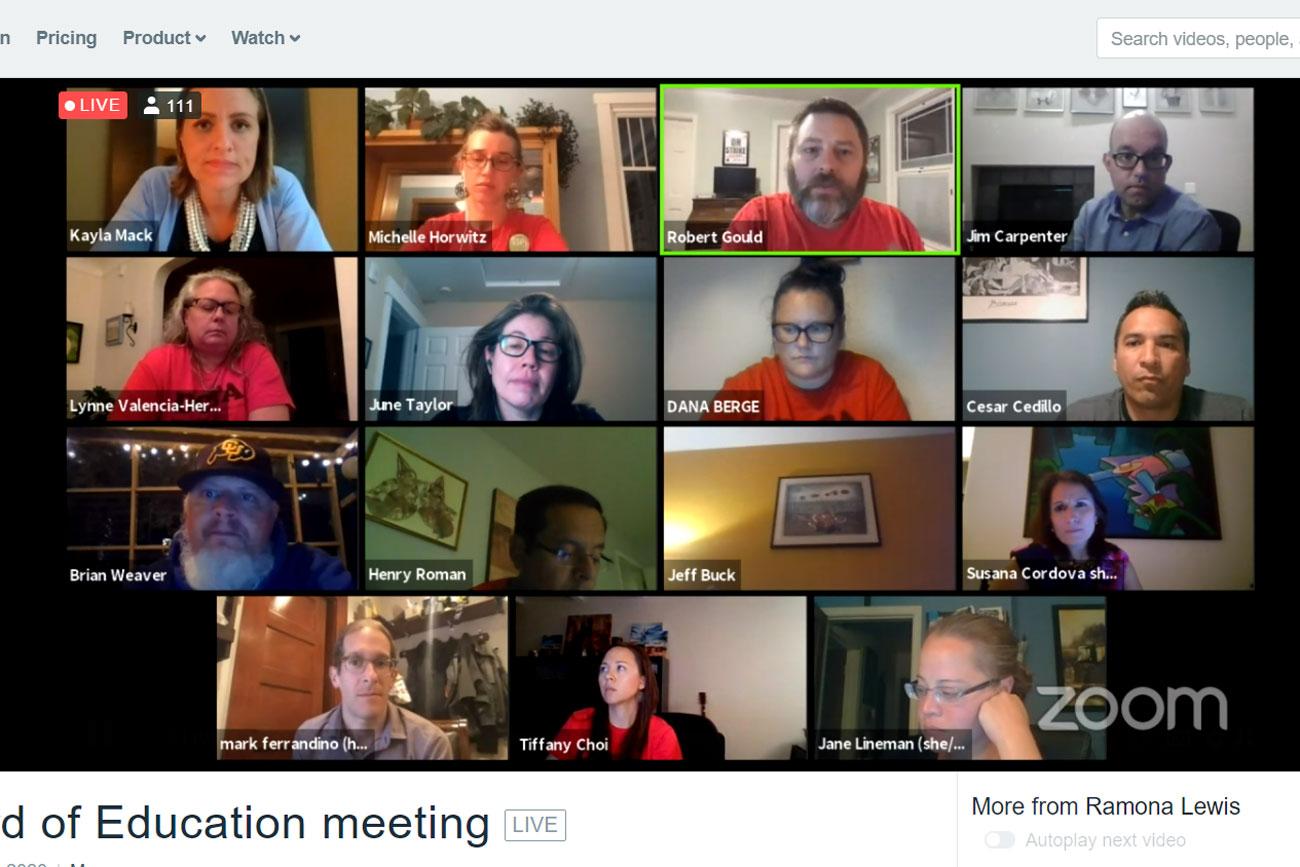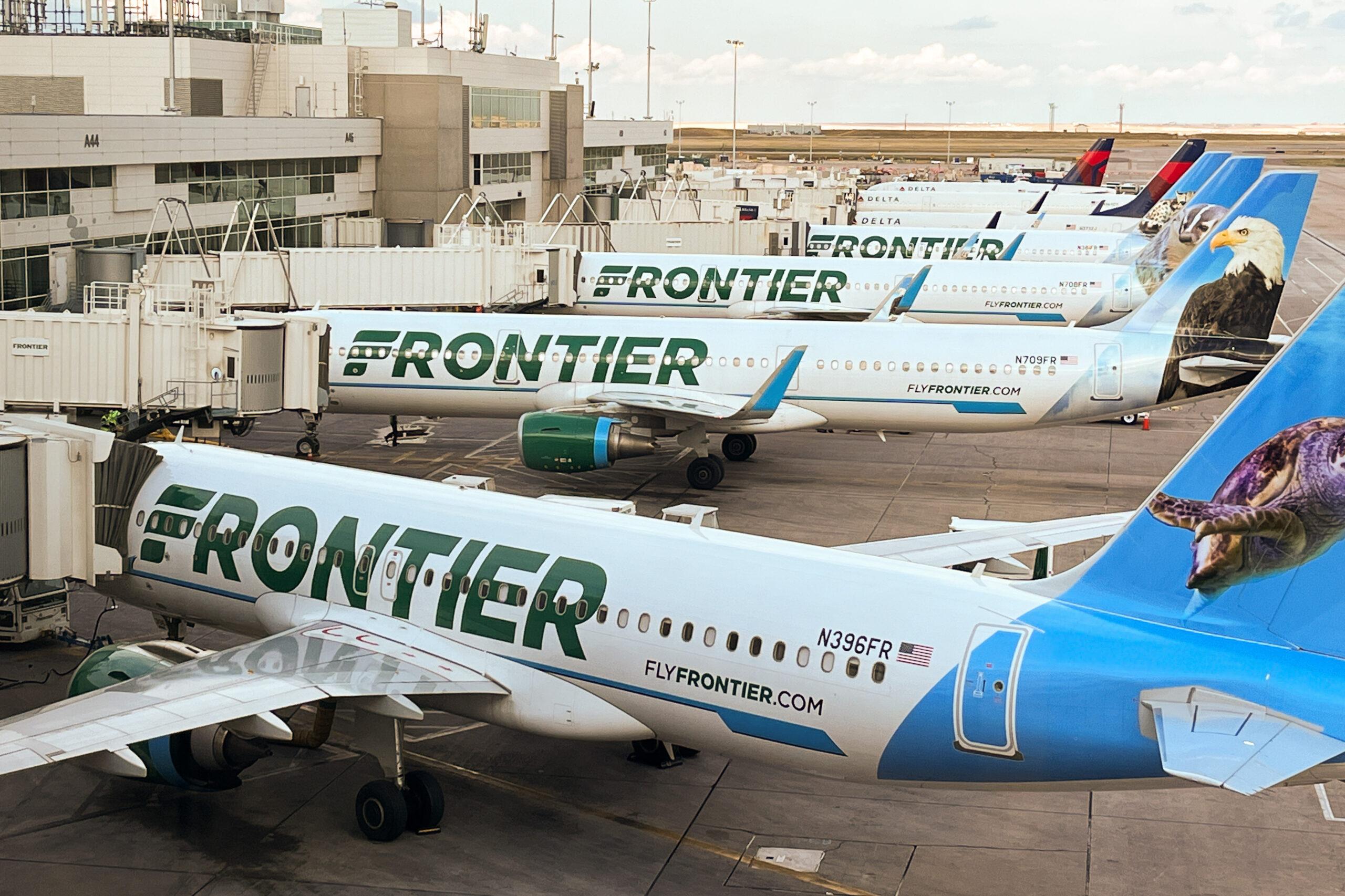
Denver’s teachers’ union has successfully fought back attempts to freeze pay raises it won after a historic 3-day strike last February, even as Colorado’s largest school district faces an unprecedented budget shortfall.
Denver Public Schools and the district’s teacher’s union spent 13-hours at the virtual bargaining table Thursday as district officials sought savings to help fill a $65 million hole in a $1.1 billion budget.
The economic crisis has forced widespread budget cuts in Colorado school districts after lawmakers approved across-the-board 5 percent per-pupil spending cuts and doubled the amount withheld from schools to nearly $1.2 billion.
DPS Superintendent Susana Cordova said the pandemic and economic crisis have put the district in an "unprecedented budgetary shortfall," which pushed the district to consider freezing a portion of the raises teachers and support staff, like nurses and school social workers, won in the strike.
“If it were not for the global pandemic and the incredibly challenging budget situation that we find ourselves in is the only reason that I would put ourselves in a position where we would have to have a conversation like this,” Cordova told union negotiators.
“Everyone will need to make sacrifices,” said Tiffany Choi, Denver Classroom Teachers Association president. “But we want to make sure that we are prioritizing the backbone of our districts, which are our educators and the education support professionals that are doing the hard work every day to support our students.”
Thursday’s reopening of Denver teachers’ 3-year contract took place through a public video conference, with federal mediator Kayla Mack shuttling back and forth into each side's virtual breakroom to move negotiations along.
Negotiations started with a district proposal to eliminate teachers’ annual cost-of-living increase for next year. The estimated cost-of-living increase of 1.9 percent would save $7 million.
The district also proposed freezing “step” increases (pay raises teachers that get for each year of service) until January 1, 2021. The union estimated that alone was a 1 percent pay cut. It would save the district between $3 million and $3.5 million.
Union negotiators didn’t like the whole proposal, which they said amounted to a 2.9 percent pay cut for teachers. They noted that some central office administrators are taking less of a cut.
“You are disproportionately trying to take this on the shoulders of the educators that are closest to the students,” said union negotiator Lawrence Garcia. “At some point, where is the skin in the game for all?”
Negotiator Rob Gould said the last 10 years have been difficult ones for teachers who have “really felt like we've balanced the budget on the backs of our educators and it feels like we're doing it again this round.”
“If the burden is going to be shared, it should be shared by all,” he added.
During the school closures, parents and the community have realized the essential roles schools have and when schools reopen in the fall, he said, teachers “will be going to the front lines.”
“In a way, we're a bit surprised that we're not actually talking about increasing the amount for teachers given the difficulties that we're facing in the next few months.”
DPS officials countered that they believe their budget proposal does embrace the concept of shared sacrifice.
“The way we are looking at the budget does not disproportionately impact teachers or other folks in the district,” said Superintendent Cordova.
District officials said the budget proposal reflects principles outlined by a budget advisory committee: equity, with a particular focus on protecting workers at the low end of the pay scale like janitors and cafeteria workers; keeping cuts away from individual schools and students; minimizing layoffs; and fiscal responsibility.
The district’s budget proposes a “progressive pay model” that gives low-wage employees raises but cuts salaries for higher-wage workers. All employees except those earning below $25 an hour would not get a cost-of-living next year. Those making above $100,000 won’t get a COLA and would see additional pay cuts depending on the position, starting at 0.75 percent and topping out at a 10 percent cut for the superintendent.
The district’s budget proposal shows $5 million could be saved by pay cuts to employees on the higher end of the pay scale.
The union’s counter-proposal
After rejecting the district’s proposal, the DCTA’s counter-proposal kept all pay raises and the cost-of-living increase but offered one furlough day. They also floated the idea of adding a workday at the beginning of the school year, paid for by federal CARES dollars, to train teachers on proper COVID-19 safety procedures.
Negotiator Gould noted that one of the reasons for last spring’s strike was that many teachers couldn’t afford to live in Denver. The salary hikes the union won helped stem the tide of teachers, who make on average $65,000, from leaving the district. But he said the pandemic means some teachers have partners who’ve lost their jobs and “so they’re really relying on that teacher’s salary.”
“If we want our teachers to continue to work for Denver … any bit we take off we're losing ground as we go.”
Gould has faith the district can find other cost-savings from tapping more reserves to the refinancing of bonds.
There are problems with those ideas, according to DPS Deputy Superintendent for Operations Mark Ferrandino. He said the budget is already predicated on using at least $10 million from reserves. The budget will likely rely on asking voters for a mill levy increase and bond in November.
“If those don’t pass, those would also just be a hit on the reserves” to the tune of $24 million, he said.
Any refinancing of bonds results in savings for taxpayers in the form of lower mill levies, not additional money to help in a budget crisis.
Around 11 p.m., both sides agreed to preserve pay raises and give teachers a 0.5 percent COLA increase. If voters approve a property tax hike and bond in November, an additional 0.5 percent COLA would come in January 2021. The agreement includes other changes including reducing the contract year one day to 186 days. In addition, teachers will attend a paid at per-diem training day related to COVID-19 safety.
It was unclear on Thursday night how many millions the deal will save the district but it’s down considerably from the $16 million a “step” and COLA freeze district officials had talked about.
Non-compensation cuts in DPS budget proposal
For non-compensation cost-savings, the biggest ticket item the district is considering is cutting central office expenses and school supports to save $18 million. It includes things like standardizing bell times, cutting travel budgets, and eliminating some third-party contracts.
The district plans to use $10 million in federal Coronavirus Aid, Relief, and Economic Security Act money.
But all budget recommendations, even if the district had prevailed Thursday night, only total $40 million so far. There is still a $25 million shortfall.
District officials will consider other possibilities: a tax measure for voters, instituting deeper district-wide pay cuts or furloughs and using more district reserves. Other less popular options include merging schools, eliminating all buses for non-special-needs students and increasing class sizes.
The public will have a chance to weigh in on a budget proposal at a June 25 board meeting during public comment. The district must sign off on a budget by the end of June.









